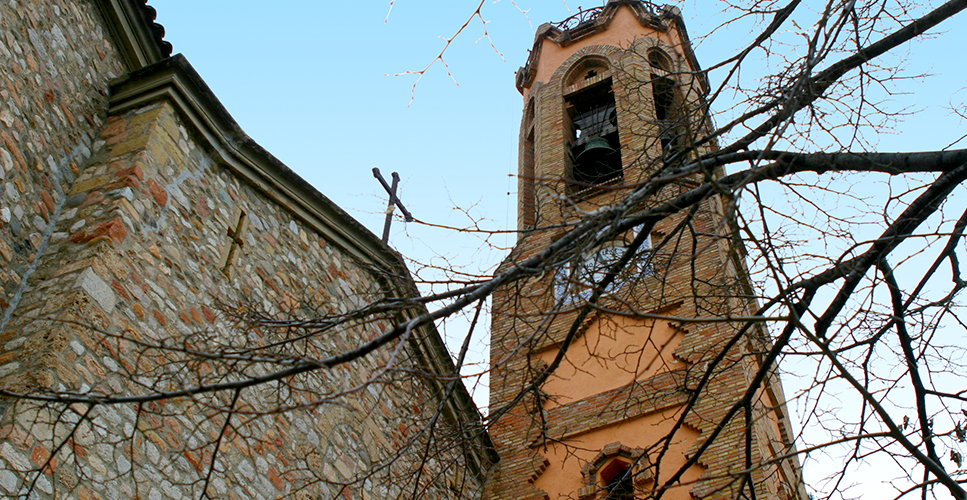
This itinerary allows us to discover, in a few kilometers, many of the realities of the region. We will walk near the orchards planted in the fertile banks of the river Ripoll, we will go across the parks and lungs of the villa, will border the more industrial sectors and we will walk through the streets of the town of Ripollet.
ROUTE
We leave in front of the parish church of Sant Esteve, a symbol of the villa. The current building is built on a Romanesque church of the 10th century with a Latin cross shaped plant. The entrance gate is of Renaissance style and of the 17th century. If we look at the pedestals that support the columns, we will discover a few chicks sculpt in the stone which symbolize the municipal coat of arms.
The current bell tower, of modernist style, was built in 1882 to replace the previous bell tower. We go down the carrer Nou, until we cross the Carrer Balmes, a broad avenue. To the left we see the Town Hall. We continue by the park of the river Ripoll to the road that borders the orchards and that we take toward the north. We arrive at the sports centre and climb the carrer de Magallanes to the road of Santiga, which we take to the left until we arrive at the Casa de Natura, which we will easily identify through the solar panels installed in its garden.
The Casa de Natura is a municipal facility where they are developed environmental education activities and activities aimed at the acquisition of knowledge on natural sciences. We take the avinguda del Mediterrani on the right and enter the Parc dels Pinetons. We head for by the highest part of the park and we go toward a huge tank.
From this point, the views over the city on one side and of Sant Llorenç del Munt on the other are impressive. The landscape is completely agricultural and the road, called the camí de la Serra, runs along the edge of the crop fields. At the end of the fields, the line of trees and vegetation shows us the path of the torrent de Can Duran. At the height of the carrer de Pau Casals we leave the camí de la Serra and enter the village. Some stairs to the left allow us to take the carrer de Joan Miró, which we follow to the end. We continue to the right by La Rambla de Sant Jordi, one of the main roads of the village, to the market. The carrer Nou, which descends to the left, brings us back to the church of Sant Esteve.
ACCUMULATE GRADE
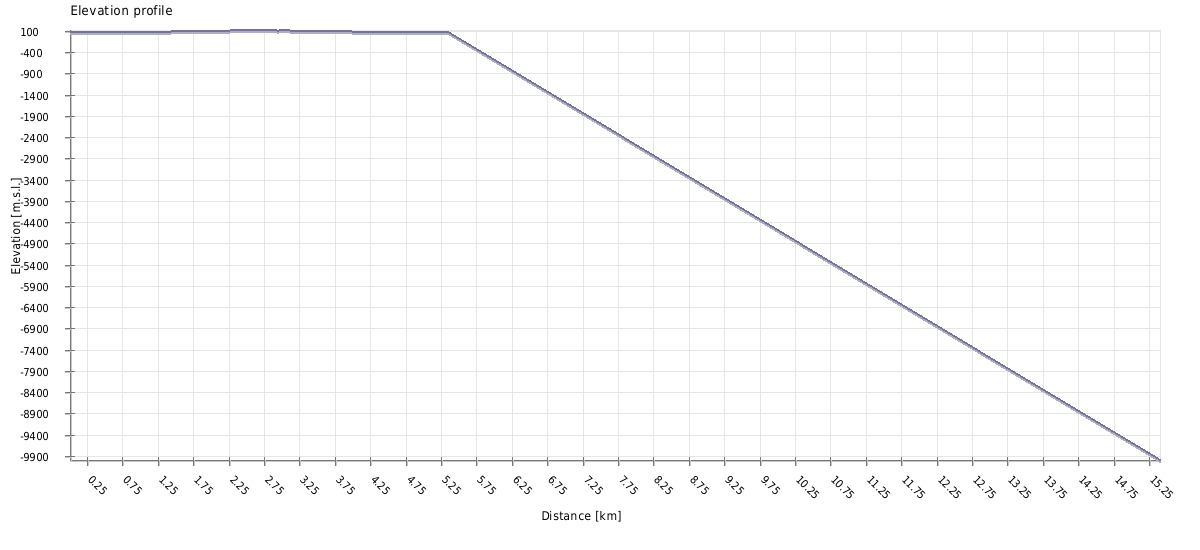
DON’T MISS…

The church of Sant Esteve: the church of today is built on Romanesque structures. There is a written record of its existence from the year 986, although it is believed that it already existed before the 10th century. The primitive construction was smaller than the current one, in the shape of a Latin cross very well defined, with a semi-circular apse probably restored in the 12th century. To the right, coming out of the church, there was a small cemetery attached to its walls, and on the left, a small cloister with a well in the middle. The portal is of Renaissance style of the 17th century. In the pedestals that support the columns there are some chicks, representing the municipal coat of arms, sculpt in the stone. The current facade, attached to the primitive, was restored in the same century. The current bell tower, built in 1882 to replace the old damaged belfry, it is of modernist style.
Rambla de Sant Jordi: The main artery of the city is the centre of social and commercial activities, which on Sundays and public holidays becomes a pedestrian promenade. At the beginning of the Rambla is the Cultural Centre, an all-white modern building opened in 1995, and the Casal de Joves, located in an old tower. Before we find the Parish Centre, a Noucentista style building.
SUGGESTIONS
Play areas and picnic at any of the parks that we find along the way.




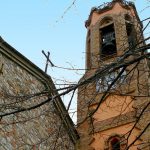
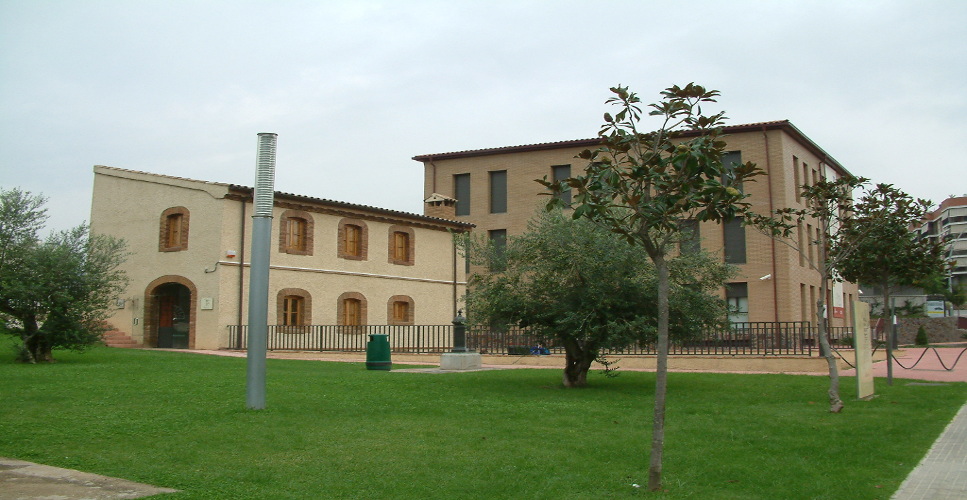
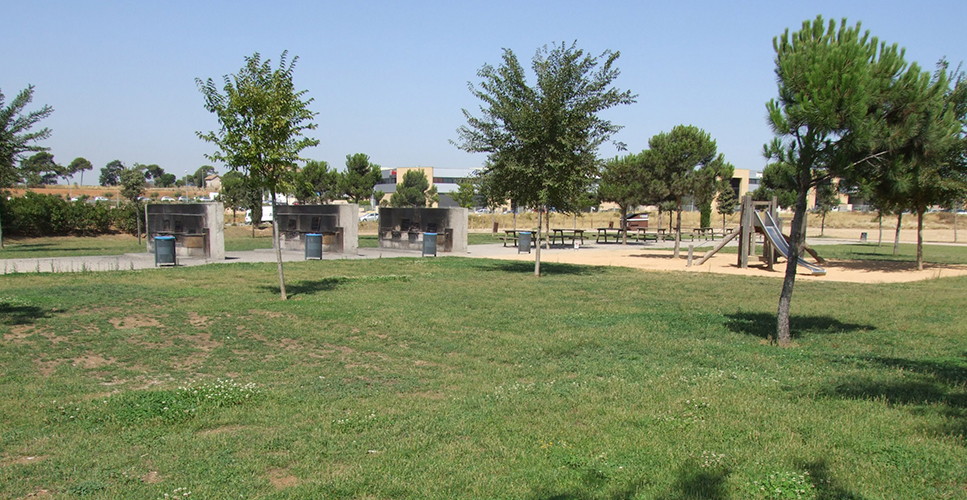
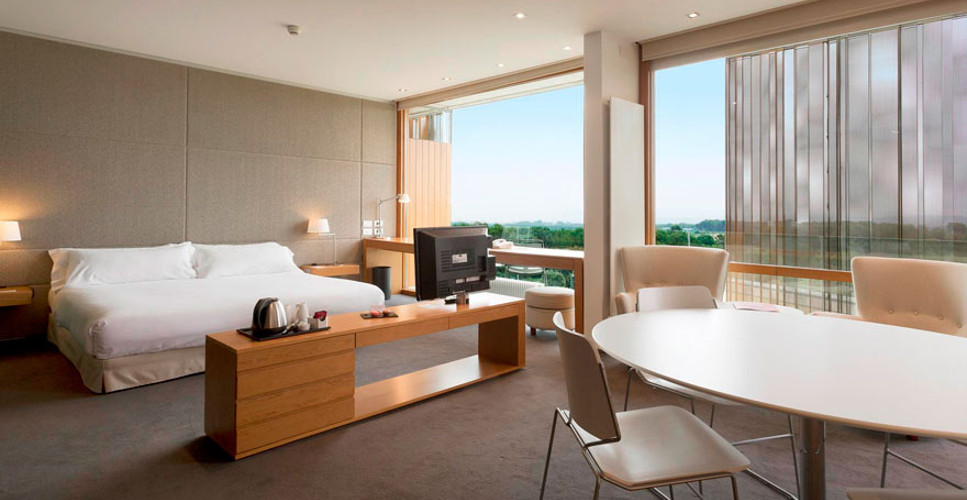
No Comments